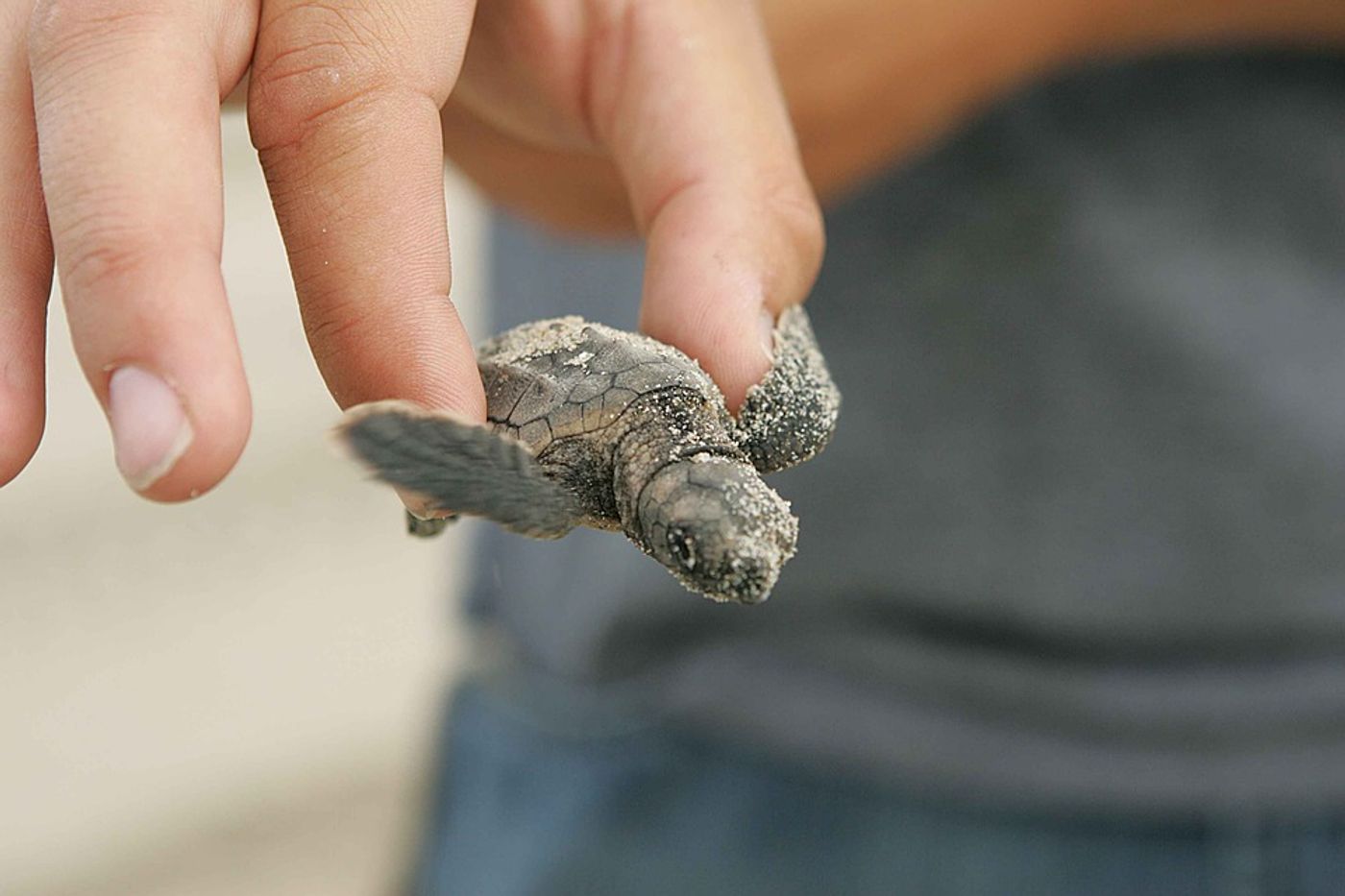Say goodbye to male turtles
Male loggerhead turtle populations of Cape Verde are under particular threat of extinction due to the odd fact that the sex of a turtle hatchling is determined by incubation temperature. This fact is excessively dangerous in the current crisis of warming that we are living, a reality which is documented in new research recently released from The University of Exeter.
By 2100, explain the scientists behind the research, a mere 0.14% of turtle hatchlings will be male – and that’s under a scenario in which we manage to keep our future emissions low. Under scenarios representing mid and high levels of emissions, there would be literally zero male loggerheads born in the Cape Verde population.
Cape Verde is a special hotspot for loggerheads. "Cape Verde hosts one of the largest nesting population of loggerhead turtles in the world -- up to 15% of the global nesting total," said Dr. Lucy Hawkes, of the University of Exeter.” She added, "We estimate that 84% of current hatchlings are female, and warmer temperatures will increase this proportion. Under all three climate change scenarios in our study, by 2100 more than 99% of hatchlings would be female -- and under mid and high-emissions scenarios there could be no males at all."
In addition to this crisis, the researchers also caution that temperatures on the islands will be so high by 2100 that 90% of loggerhead nests could kill turtles before they even get the chance to hatch. And that’s not to mention all the difficulties of surviving as a teeny, tiny turtle hatchling…the odds don’t look good for the population.
To determine the numbers behind this study, the scientists cross-analyzed current temperature and hatchling data with projections from the Intergovernmental Panel on Climate Change (IPCC). Lead author Claire Tanner commented, "What surprised us was how even the low emissions scenario has detrimental effects for this population. What this shows is that now is the time to act on climate change -- before it is too late to prevent the estimations seen in this paper."
While there is some hope that the turtles could adapt to climate change by moving to cooler nesting places or nesting earlier in the year when temperatures aren’t as high, roughly 85% of loggerhead nests in Cape Verde are currently laid on Boa Vista, where incubation temperatures are the coolest. In other words, there’s not really anywhere cooler for them to move to, other than in the shade, hoping for a breeze. Dr. Hawkes added that because of the turtles’ long lifespans, they are not likely to be able to evolve fast enough to keep up with climate change.
The researchers say that while baby males will stop being born, they do not know how long it will take for this to affect the population’s numbers as a whole, given that older male turtles will continue to produce, but it is not known for how long.
Sources: Science Daily, Marine Ecology Progress Series









